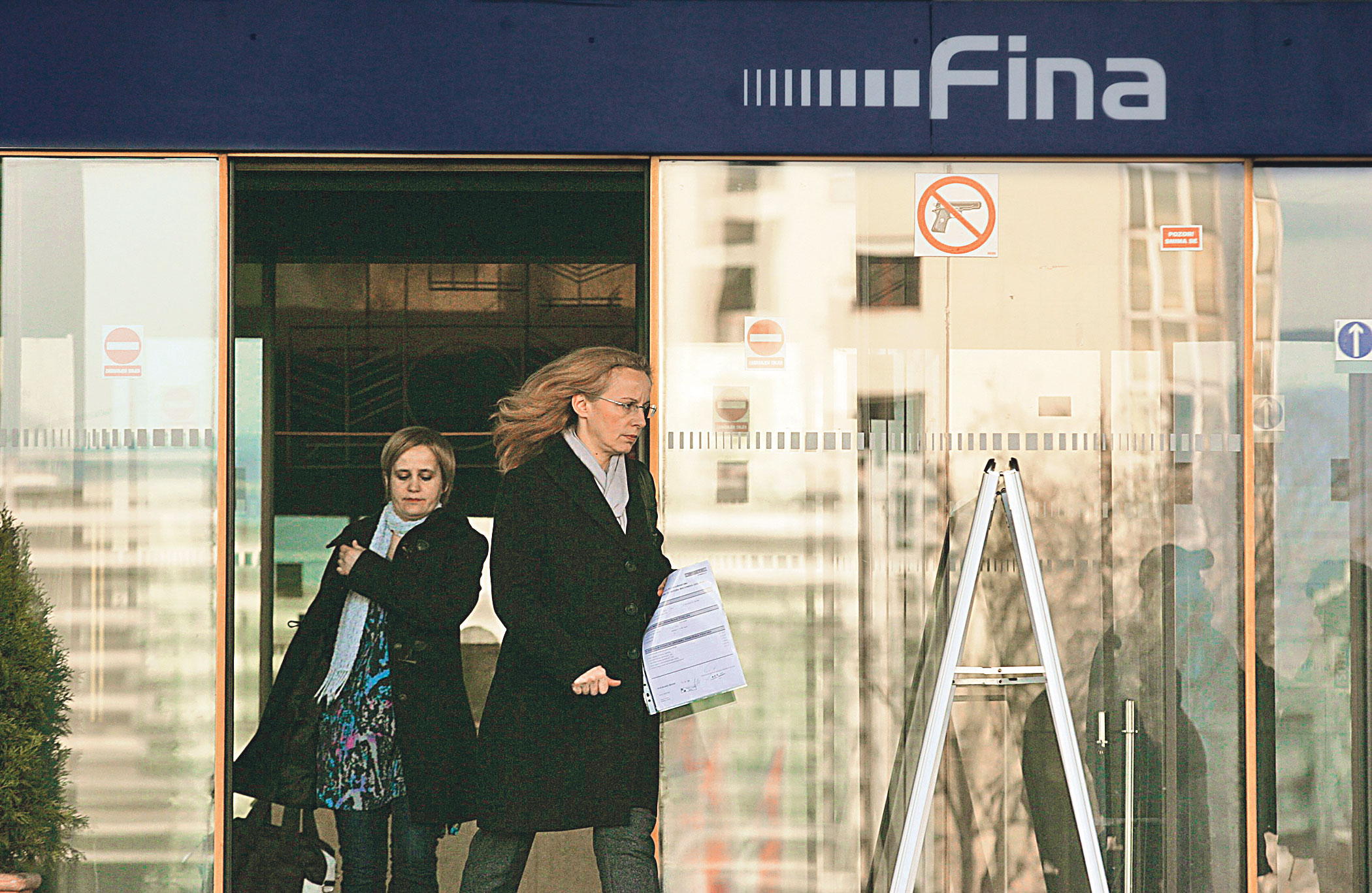
Western and Russian press reports have lauded Russia’s stock market as one of the best performing globally this year, calling it “the world’s hottest major stock market” and saying it gave investors “the highest returns in the world.” Indeed, the country’s leading indices broke free of the range they’d been trapped in since Western sanctions befell the country after the 2014 annexation of Crimea.
This uptick is part of a rerating that has been going on for about two years, but it is not rooted in any fundamental change in the market’s potential, in my view. Instead, the factors driving the most recent upward trend in Russia are largely one-off: receding fears of harsh new U.S. sanctions; big, consolidation-driven gains in large Russian companies; and new rules about dividends for state-run firms. None of these can address the long-term lack of confidence that has stymied Russian economic development for years.
The Numbers
Three major Russian stock indices have shown impressive growth this year, with at least one outpacing both emerging markets and developed countries in terms of return on investment. The dollar-denominated Russia Trading System (RTS) Index, the preferred platform for most international investors, hit 1,471 as of Nov. 7, its highest level in six years, and has returned 36 percent this year to date (YTD). The ruble-denominated MOEX Russia Index crossed above 3,000 last month for the first time since its creation in 2003 (dropping back a little since then) and has returned 26 percent since the start of the year. In early November, the benchmark MSCI Russia Index, which includes 23 major Russian companies, was up 44 percent YTD in terms of returns (including dividends), well ahead of the MSCI Emerging Markets Index growth of 12 percent, and showing double the growth in developed countries' markets (22 percent), according to a Sberbank analyst cited by RBC. As of Nov. 29, returns from the Russia index were 30.5 percent.
Before bouncing back, the RTS had underperformed both the world as a whole and Russia’s emerging-market peers over the last five years, but in the last six months or so the Russian stock market has performed very well, surpassing other emerging markets as a group (see chart below). Since May 1, 2014, shortly after the U.S. and European Union imposed the first round of sanctions over Russia’s actions in Ukraine, the RTS has returned 16.2 percent, whereas the MSCI AC World Index has returned 31.4 percent and the MSCI Emerging Markets Index has returned 23.3 percent; but index returns on the Russian market are up 14.7 percent over the same period, versus downturns of 23.7 percent in South Africa and 9.5 percent in Brazil. The star performer over this period has been Asia, with 18.8 percent gains and a Chinese market that has lifted the value of securities in the whole region
.

Political Pressure Relaxing
One factor that has spurred investors to turn back to Russian stocks is the easing of Western political pressure on Moscow, in part at least because Russia’s integration into global markets has made it difficult to impose targeted sanctions without inflicting collateral damage on U.S. businesses. As recently as September 2018 Russia’s Central Bank was worried enough about new U.S. sanctions causing currency instability that it prophylactically hiked its key overnight rates by 25 basis points in anticipation of the effects. Early this year, around the time that the Mueller report was released, analysts had called new U.S. sanctions “likely” and said to expect them “before the year is out, if not significantly sooner.” But the sanctions never came. Thus far, major punitive U.S. legislative initiatives like DASKA and DETER have stayed on the drawing board, not least because of pressure from U.S. business lobbies with billions of dollars on the line. Meanwhile, public attention in the U.S. has switched to Ukraine and its connection to the possible impeachment of President Donald Trump.
At least two specific sanctions-related cases illustrate the collateral-damage problem. First, when the U.S. Treasury Department tried to sanction Russian aluminium producer Rusal and its parent company En+, in April 2018, the move caused chaos on international metals markets and threatened to cost U.S. investors holding the company’s stocks and bonds hundreds of millions of dollars. This led the Treasury first to postpone the measures and eventually, in January, to drop them completely after Oleg Deripaska agreed to reduce his stake in En+ to 44.95 percent—the first time any sanctions on Russia had been withdrawn since 2014. Similarly, when the second round of sanctions connected to the poisoning of Russian spy Sergei Skripal in the U.K. came due in August this year, the threat of targeting Russia’s sovereign bonds failed to materialize. Perhaps the most important of the bonds were the ruble-denominated OFZ treasury bills, which are currently crucial to U.S. pension funds needing to meet pay-out obligations in the face of low interest rates. (Foreigners hold 32 percent of all OFZs, some $40 billion worth.) In the end, U.S. investors were banned from buying Russian sovereign Eurobond issues on the primary market, but there was no ban on buying the same assets on the secondary market, and the OFZs were not mentioned at all. It is hard to image a more painless sanctions regime if you tried.
.jpg)




Za sudjelovanje u komentarima je potrebna prijava, odnosno registracija ako još nemaš korisnički profil....